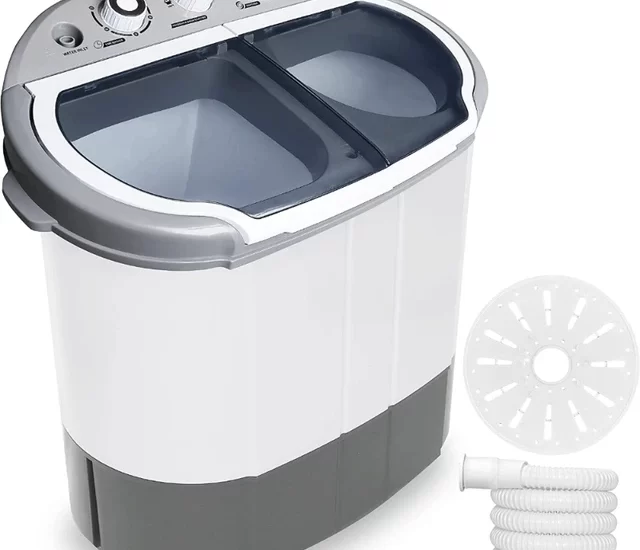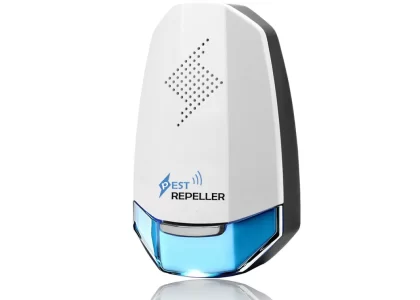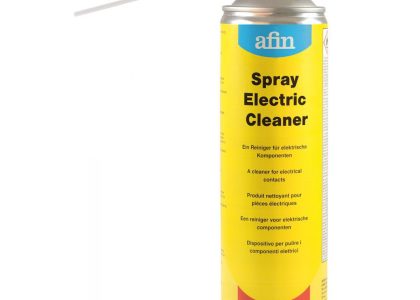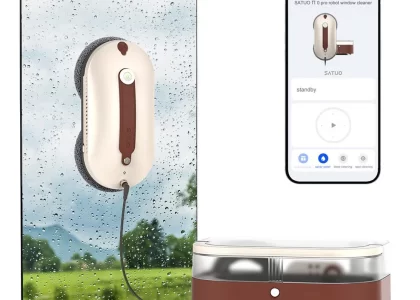 Introduction:
Introduction:
A washing machine is an essential household appliance, but it can be frustrating when water leaks from the bottom during the fill cycle. A leaking washing machine can cause water damage and disrupt your laundry routine. In this article, we will explore the possible causes of a washing machine leaking from the bottom during the fill cycle and provide troubleshooting tips to help resolve the issue.
 Some common types of washing machines:
Some common types of washing machines:
There are several types of washing machines available, each designed to cater to different needs and preferences. Here are some common types of washing machines:
Top-loading Washing Machines:
These are the traditional washing machines where clothes are loaded from the top. They often have an agitator in the center that rotates to clean the clothes. They are generally more affordable and take up less space, making them suitable for smaller laundry areas.
Front-loading Washing Machines:
Front-loading washing machines have a door located at the front, allowing clothes to be loaded and unloaded horizontally. These machines usually have a larger capacity, use less water, and are energy-efficient. They are known to provide better cleaning performance and gentler handling of clothes.
High-efficiency (HE) Washing Machines:
HE washing machines are designed to use less water and energy compared to traditional models. They typically have a front-loading design and use special low-water wash cycles. HE washing machines require the use of specially-formulated HE detergent for optimal performance.
Compact Washing Machines:
Compact washing machines are smaller in size and are ideal for those with limited space, such as small apartments or RVs. They usually have a lower capacity but offer the convenience of having a washing machine in a smaller area.
Portable Washing Machines:
Portable washing machines are lightweight and compact, designed for easy transportation and use. They are typically used in situations where a permanent washing machine is not available, such as camping trips or small living spaces.
Washer-Dryer Combo:
Washer-dryer combo machines combine both washing and drying functionalities into a single unit. They save space as they eliminate the need for a separate dryer. However, the drying capacity of these machines is typically smaller than standalone dryers.
Smart Washing Machines:
Smart washing machines connect to an internet-enabled device and offer advanced features such as remote control, customized wash cycles, and real-time monitoring. These machines allow for convenience and customization of laundry routines.
Each type of washing machine has its own advantages and considerations, so it’s important to carefully consider factors such as size, capacity, energy efficiency, and specific requirements when choosing the right washing machine for your needs.
Introduction to Washing Machine Leaks
A leaking washing machine can occur for various reasons and may require investigation to identify the source of the problem.
Potential Causes: Leaks can result from issues with hoses, valves, pumps, or the machine’s internal components.
Impact of Leaks: Water leaks can damage the flooring, walls, and surrounding areas, and may also cause functional problems with the washing machine.
Safety Concerns: Addressing a leaking washing machine promptly is important to prevent electrical hazards and potential appliance malfunction.
Examining the Water Supply Hoses
One common cause of a washing machine leak is a problem with the water supply hoses.
Check for Leaks: Inspect the water supply hoses connected to the back of the washing machine for any visible leaks or drips.
Tighten Connections: Ensure that the hose connections to both the washing machine and the water source are securely tightened.
Replace Faulty Hoses: If the hoses are damaged, such as bulging, cracking, or exhibiting signs of wear and tear, replace them with new ones.
 Inspecting the Drain Hose
Inspecting the Drain Hose
The drain hose is another component that could be causing a leak in your washing machine.
Positioning: Verify that the drain hose is correctly positioned. It should be securely connected to the drain pipe or standpipe to prevent leaks.
Check for Blockages: Inspect the drain hose for any clogs or blockages that may be causing water to back up and leak from the bottom.
Clean or Replace: If the drain hose is clogged or damaged, clean it thoroughly or replace it as necessary.
Evaluating the Water Inlet Valve
The water inlet valve controls the flow of water into the washing machine.
Malfunctioning Valve: A faulty water inlet valve can cause leaks during the fill cycle.
Examine for Leakage: Inspect the water inlet valve for any signs of leakage, such as dripping or pooling water.
Replace the Valve: If the water inlet valve is faulty, it may need to be replaced. Consult a professional technician for assistance.
Checking the Door or Lid Seal
When the door or lid seal is compromised, it can result in water leaking from the washing machine.
Visual Inspection: Check the condition of the door or lid seal for any signs of damage, such as cracks, tears, or gaps.
Clean the Seal: Ensure that the door or lid seal is clean and free from any dirt or debris that may interfere with its proper sealing.
Replace the Seal: If the seal is damaged or ineffective, consider replacing it to prevent further leaks.
 Examination of the Pump or Internal Components
Examination of the Pump or Internal Components
Leaks can also occur due to issues with the pump or internal components of the washing machine.
Professional Evaluation: If you suspect that the pump or internal components are causing the leak, it is advisable to contact a professional technician for an accurate diagnosis and repair.
Routine Maintenance and Care
Regular maintenance and care can help prevent leaks and extend the lifespan of your washing machine.
Clean the Machine: Regularly clean the washing machine’s drum, detergent dispenser, and filters to prevent clogs and ensure proper functioning.
Leveling: Ensure that the washing machine is leveled to prevent water from pooling or leaking.
Follow Manufacturer Instructions: Follow the manufacturer’s guidelines for detergent usage and load capacity to prevent overflows and strain on the machine.
 Conclusion
Conclusion
A washing machine leaking from the bottom during the fill cycle requires timely attention to prevent water damage and potential appliance malfunction. By thoroughly examining the water supply hoses, drain hose, door or lid seal, water inlet valve, and internal components, you can identify and resolve the issue causing the leak. If necessary, consult a professional technician for accurate diagnosis and repair. Remember to perform routine maintenance and care for your washing machine to prevent future leaks and maintain its efficiency and longevity.





